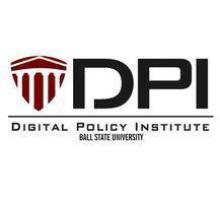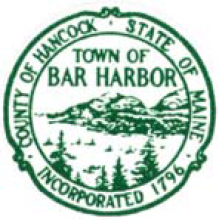Bozeman Fiber Transitions from Construction to Operations
Local officials are preparing to light a highly anticipated municipal fiber-optic network in Bozeman, Montana. Over the course of three years, nonprofit Bozeman Fiber, Inc. laid about 30 miles of fiber optic cable in downtown Bozeman, connecting local government, businesses, and schools to a high-speed, fiber-optic network. According to local news provider MTN News via KBZK, Bozeman Fiber will be completely operational within the next 60-90 days.
For Bozeman, affordable fiber-optic Internet access presents an important opportunity for local economic development. Anthony Cochenour of Bozeman Fiber explained the project’s goal to MTN News,
"More bandwidth at lower costs, and better availability for higher bandwidth than we can get today. It’s one of the barriers to entry that Bozeman has to attracting increasingly large and interesting businesses, the business that we want to be here.”
A Unique Arrangement
Bozeman recently amended its ten-year old Downtown Urban Renewal Plan to prioritize fiber-optic infrastructure. When the city decided it needed a better network, locals created a private nonprofit entity, Bozeman Fiber, to oversee fiber deployment. Instead of the city running the network itself, they felt that a nonprofit would be better suited for the role. A majority of its seven board members come from the public and private sector, with just one seat for the city. The project’s $3.85 million budget was funded exclusively by private equity investments from local banks.
We’ve been closely following Bozeman’s unique public-private collaboration:









